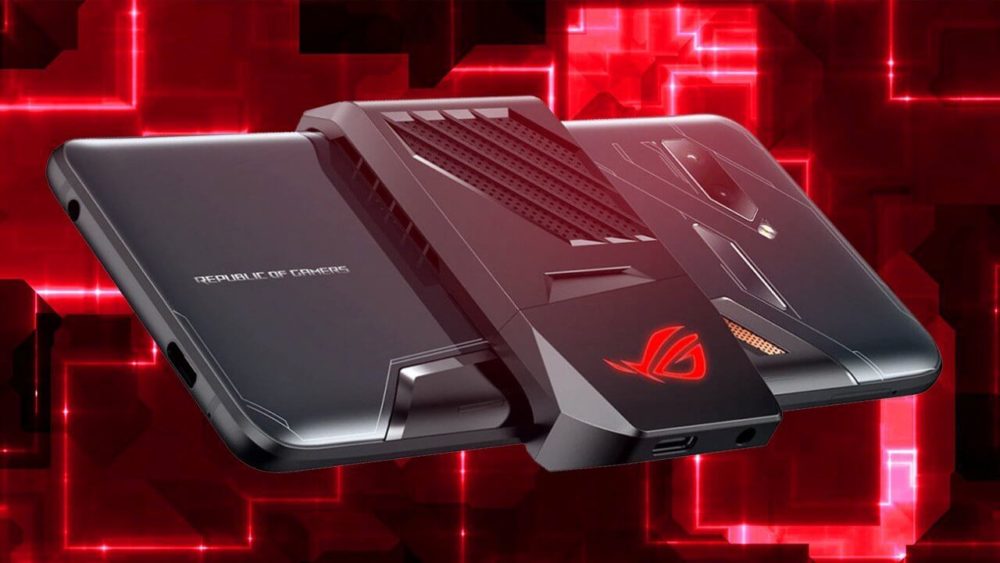RAID drives are combined into a single logical unit that provides data redundancy with increased overall system performance. The biggest advantage of using a RAID system is that it has fault tolerance ability that enables a system to perform continuously even when one or more hard drives have failed. There are multiple ways to distribute data in a RAID system that has been classified into different RAID levels.
How to choose a RAID level?
When it comes for systems with high fault tolerance, it becomes difficult to choose a RAID level. Thus, many prefer to choose nested RAID levels also known as hybrid RAID (which as one or more RAID levels). But in reality, no RAID option provides perfect protection against data loss. These levels have a little difference in their names; there are big differences in their characteristics. While choosing the right RAID level, consider these points:
- Capacity
- Performance
- Redundancy (reliability/safety)
- Price
Keeping these points in mind, one should know that there is always a factor that typically comes at the expense of another. This means that some RAID levels designated drives that are used for redundancy can’t be used for capacity. Most preferred high-tolerance nested RAID levels are RAID 1+0 and 5+0 (RAID 10 and RAID 50).
(Also Check : Safeguarding the organizations from data breach and Cyber-Attacks)
RAID 10:
This is technically RAID 1 + RAID 0 that is a combination of RAID 1 and RAID 0 using mirroring and striping, but without parity. RAID 10 has the same fault tolerance as RAID level 1. The main feature of this level is that mirroring leads to the tolerance of the failure of one drive. This level is ideal for database servers and any environment with many small random data writes.
Owing to its advantages, there are many disadvantages too, such as it is expensive, not suited to large capacities due to cost restrictions. It is also prone to failure and there is no guarantee that striping is completely accurate. Thus, a severe data loss can occur.
Common causes of RAID 10 data loss:
- Drive markings are done wrongly
- Errors rebuilt
- Incompatible drive addition
- Accidental formatting
- Intermittent drive failure
- Corrupt, lost or damaged RAID Array configuration
- Conflict of hardware
What can be done in the case of RAID 10 failure?
- Turn of the RAID 10 device immediately to avoid writing of any extra data to the array.
- While removing the drives, label them properly.
The most important and final action is to immediately contact the raid data recovery team.
RAID 50:
This is sometimes also known as RAID 5+ RAID 0 that combines multiple RAID 5 sets (striping with parity) with RAID 0 (striping). 6 or more drives can be accommodated in RAID 50 and the usable capacity of RAID 50 is 67%-94%. This RAID level can be used in very large capacity servers, and additionally, it is also has a reasonable value for the expense but, on the other hand it is slightly expensive.
RAID 50 cannot be possibly accurate at all-time because it may happen that a RAID 50 hard drive may fail and if it is not immediately replaced, the corresponding drives may potentially fail, resulting in data loss.
Common causes of RAID 50 data loss:
- RAID array/controller failure
- Server registry configuration lost
- Multiple drive failure
- Accidental replacement of media components
What can be done in the case of RAID 50 failure?
The user should never replace a failed drive with a drive that was part of another RAID system and turn the drive immediately if it is making unusual mechanical noises. Additionally, you should not run defragmenter utilities on bad drives.
If all these above methods fail, there is no need to panic. In this case, contact RAID recovery specialists immediately that have extensive experience with RAID data recovery. The customized tools and technique and the development of the software and hardware in the data recovery labs ensure to produce the best recoveries possible.







Visitor Rating: 5 Stars